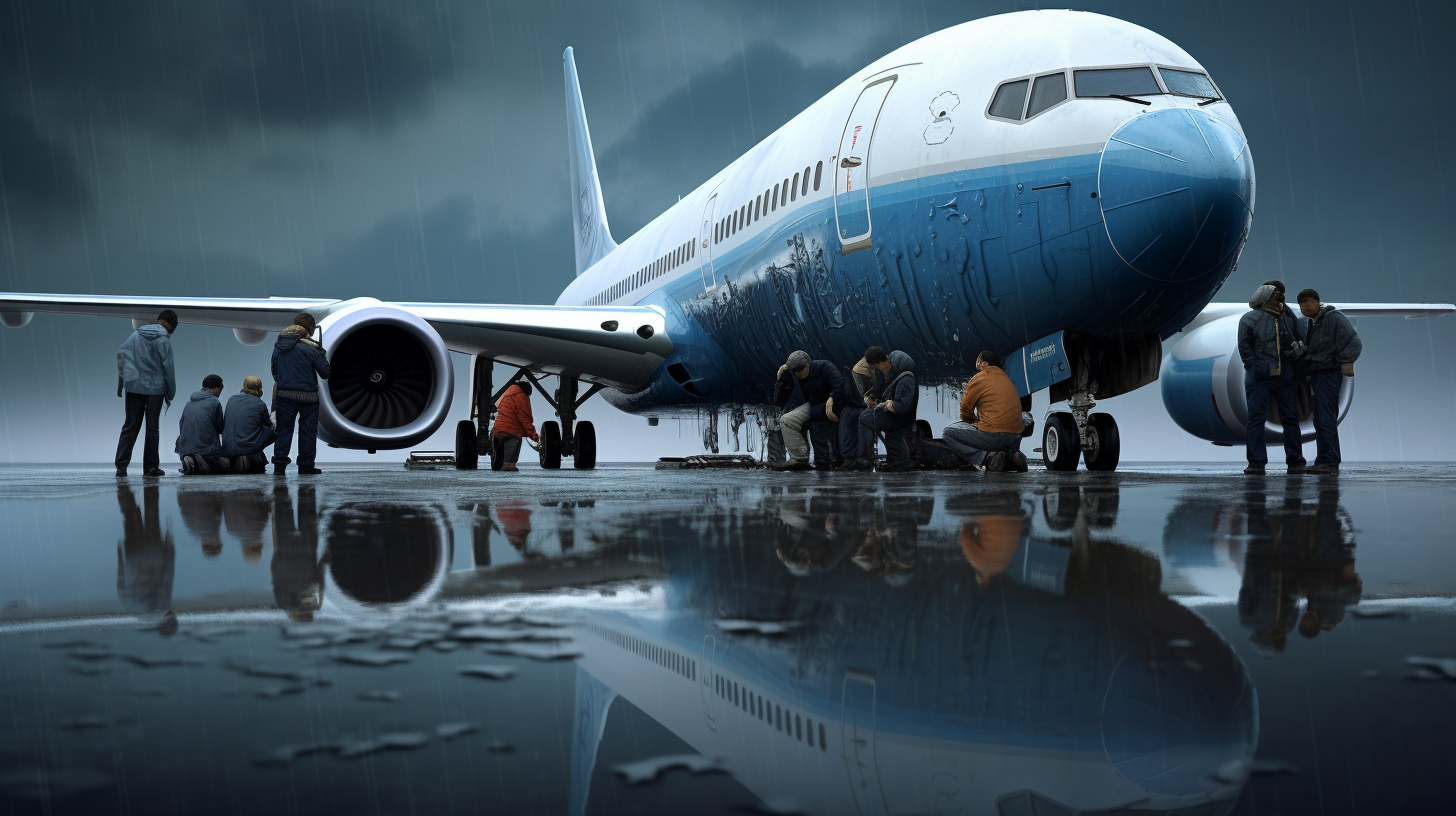In recent years, Boeing, one of the world’s leading aerospace companies, has navigated through a series of significant challenges. From the grounding of its 737 MAX aircraft following two fatal crashes to the global downturn in air travel due to the COVID-19 pandemic, the company has faced unprecedented hurdles. This article explores the depth of Boeing’s troubles, its efforts to overcome them, and what the future may hold for this aerospace giant.
Boeing’s Struggles: A Brief Overview
Boeing’s journey through turbulent skies began with the tragic incidents involving its 737 MAX aircraft. The crashes, which occurred in October 2018 and March 2019, resulted in the loss of 346 lives and led to a worldwide grounding of the model. Investigations pointed to flaws in the aircraft’s Maneuvering Characteristics Augmentation System (MCAS), sparking a crisis of confidence in Boeing’s safety protocols and design decisions.
The aerospace manufacturer’s woes were compounded by the onset of the COVID-19 pandemic in early 2020. The global health crisis decimated demand for air travel, leading to a sharp decline in orders for new aircraft. Airlines, grappling with their own survival, deferred or canceled orders, putting additional financial strain on Boeing.
Navigating Through the Storm
In response to these challenges, Boeing embarked on a comprehensive plan to regain trust and stabilize its operations. The company undertook a rigorous review of the 737 MAX, making necessary modifications to the MCAS and enhancing pilot training protocols. After a thorough evaluation by aviation authorities worldwide, the 737 MAX was cleared to return to the skies in late 2020, marking a significant step in Boeing’s recovery efforts.
Beyond addressing the immediate issues with the 737 MAX, Boeing has also been proactive in adapting to the new realities of the aviation industry post-pandemic. The company has streamlined its operations, focusing on efficiency and sustainability. It has also invested in research and development of new technologies, including more fuel-efficient aircraft and innovations in aerospace safety.
Looking to the Future
As Boeing looks to the future, the company is poised to navigate the complexities of the evolving aerospace industry. The recovery of global air travel, although gradual, offers a beacon of hope for increased demand for commercial aircraft. Boeing’s commitment to innovation and safety, coupled with its strategic adjustments, positions the company to reclaim its status as a leader in aerospace manufacturing.
However, the path ahead is not without its challenges. Competition from other aerospace manufacturers, regulatory scrutiny, and the unpredictable nature of global events mean that Boeing must remain vigilant and adaptable. The company’s ability to learn from its past, coupled with its forward-looking approach, will be critical in determining its trajectory in the years to come.
FAQ
Q: What caused the grounding of the Boeing 737 MAX?
A: The Boeing 737 MAX was grounded due to two fatal crashes that were linked to flaws in its Maneuvering Characteristics Augmentation System (MCAS).
Q: How has the COVID-19 pandemic affected Boeing?
A: The pandemic led to a sharp decline in demand for air travel, resulting in deferred or canceled aircraft orders and putting financial strain on Boeing.
Q: What steps has Boeing taken to recover?
A: Boeing has made modifications to the 737 MAX, improved safety protocols, streamlined its operations, and invested in new technologies to adapt to the changing aerospace industry.
Explanation of Terms
– Maneuvering Characteristics Augmentation System (MCAS): A flight control system designed to enhance the pitch stability of the Boeing 737 MAX so that it feels and flies like other 737s.
– Aerospace: The branch of technology and industry concerned with aviation and space flight.
In conclusion, Boeing’s journey through its recent challenges highlights the resilience and adaptability required to navigate the complexities of the modern aerospace industry. While the road ahead may hold uncertainties, Boeing’s efforts to address its past issues and its focus on future innovations offer a hopeful outlook for its role in shaping the future of air travel.



